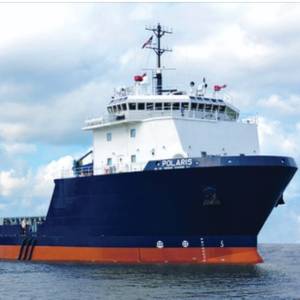
As oil exploration and production goes, so goes the market for Offshore Service Vessels (OSVs) and Platform Supply Vessels (PSVs). Throughout 2025, the prices of oil- which drives exploration and production (E & P), have softened, moving down towards $60/barrel amidst economic uncertainty and a wider than anticipated opening of the taps by major oil producers.

Windward Offshore has taken delivery of its first Commissioning Service Operation Vessel (CSOV), Windward Athens, built by Norwegian shipbuilder Vard.The vessel represents a major milestone on Windward Offshore’s growth path and marks the company’s entry into operations with its dedicated CSOV fleet.
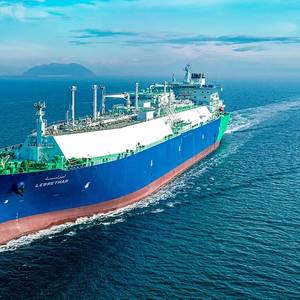
China’s share of the tanker orderbook rose from 32.4% in 2022, to 62.6% in 2023 and then 71.2% in 2024. Its share of the container ship orderbook has shown a similar growth trajectory. The nation has ranked first in the world for new orders since 2012. Labor costs are about half of what they are in Korea and Japan, and China is the world’s cheapest steel manufacturer.

The military and Coast Guard budgets are established that will benefit the U.S. ship building and repair sector, but what will stimulate the commercial yards?This author has been scratching his head of late, after a thrilling dive into July’s U.S. Big Beautiful Bill Act, and has asked several colleagues where the funding for support commercial shipbuilding can be found? To answer that
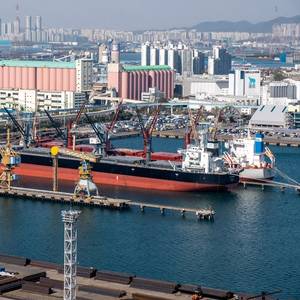
South Korea and the United States havehttps://www.marinelink.com/news/hanwha-build-usflagged-lng-carrier-528214 been discussing a shipbuilding tie-up that could include investments to modernize U.S. shipyards and more help to repair the U.S. naval fleet as Seoul seeks better tariff terms, government and industry sources said.U.S. President Donald Trump, who has made revitalizing the aging U.S.
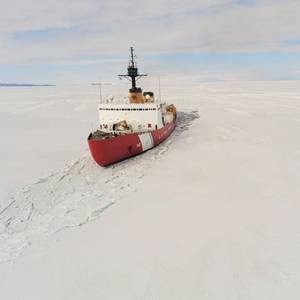
President Donald Trump's 'Big Beautiful Bill' earmarks more than $8.6 billion to increase the U.S. Coast Guard icebreaker fleet in the Arctic, where Washington hopes to counter rising Russian and Chinese dominance.The funding includes $4.3 billion for up to three new heavy Coast Guard Polar Security Cutters, $3.

▶ Medium-sized containerships to be built by 2028, supported by design, procurement, equipment, and strategic technology investmentHD Hyundai launched a strategic shipbuilding collaboration in the United States, signing with U.S.-based Edison Chouest Offshore (ECO) to establish a strategic and comprehensive partnership for the construction of U.S. commercial vessels.

Seatrium delivered the Floating Production Storage and Offloading vessel (FPSO), BW Opal, to BW Offshore."We would like to express our appreciation to BW Offshore for entrusting Seatrium with their projects over the years," said Marlin Khiew, EVP, Energy (Americas), Seatrium. "The successful completion and delivery of BW Opal marks our 18th FPSO for BW Offshore.

Belgium-based offshore installation services company DEME has completed the acquisition Havfram, an offshore wind installation contractor based in Norway, in a deal valued at approximately $1.02 billion (€900 million).The transaction, first announced in April 2025, has passed all customary closing conditions.
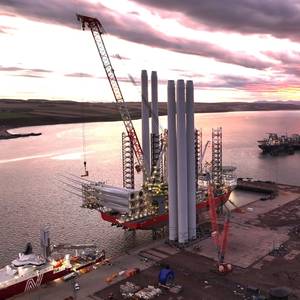
Danish offshore wind installation firm Cadeler has signed a vessel reservation agreement with Ocean Winds for the installation of the wind turbine generators at BC-Wind offshore wind farm in the Polish Baltic Sea.The potential value of the contract to be negotiated during the pendency of the agreement is estimated to be between $49 million and $58 million.
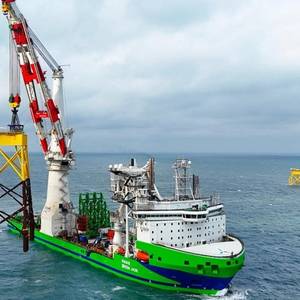
DEME and Van Oord have secured separate contracts from Copenhagen Infrastructure Partners (CIP) for installation works at the 500 MW Fengmiao 1 offshore wind farm in Taiwan.DEME, through its Taiwanese joint venture CDWE, has been awarded a substantial contract for the transport and installation of foundations and the offshore substation for the Fengmiao 1 offshore wind farm in Taiwan.
The Bureau of Ocean Energy Management (BOEM) has announced its approval of the Construction and Operations Plan for the Maryland Offshore Wind project.This is the final approval needed for the project from BOEM following the Department of the Interior’s September 2024 Record of Decision.